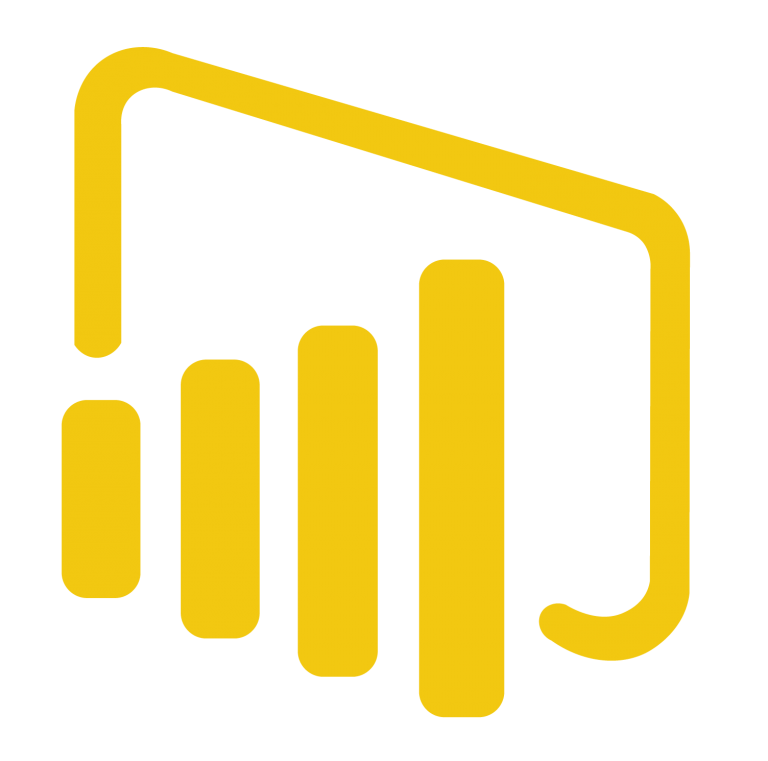Power BI Development
Power BI Development: Transforming Data Into Actionable Insights
Power BI Development refers to the process of creating and customising business intelligence (BI) solutions using Microsoft Power BI, a powerful data visualisation and analytics tool. Power BI allows organisations to connect to various data sources, transform and model data, create interactive reports and dashboards, and gain valuable insights from their data.
Power BI is a cloud-based business intelligence platform that allows users to visualize and analyse data from a variety of sources. It is a low-code platform that enables users to create interactive reports, dashboards, and data visualizations without the need for extensive coding knowledge or experience.

Explore Our Power BI Development Expertise
Key aspects of Power BI Development include
- Data Integration: Power BI allows users to connect to a wide range of data sources, including databases, cloud services, spreadsheets, and web services. Developers can set up data connections and data refresh schedules to ensure that reports and dashboards are always up to date.
Data Transformation: Power BI enables data transformation and modelling, allowing developers to clean, shape, and combine data from multiple sources to create a unified dataset for analysis.
Report Creation: Developers use Power BI’s intuitive interface to design interactive reports and dashboards. They can add visuals like charts, tables, maps, and slicers to convey information effectively.
Custom Visuals: Power BI allows the integration of custom visuals and custom calculations, giving developers the flexibility to extend Power BI’s capabilities to meet specific business needs.
Security and Data Governance: Developers can implement role-based security and data governance policies to ensure that sensitive data is protected and accessed only by authorised users.
Deployment: Power BI solutions can be deployed on the Power BI Service (cloud-based) or Power BI Report Server (on-premises), depending on an organisation’s requirements.
Integration: Power BI can be integrated with other Microsoft and third-party tools and services, such as SharePoint, Azure services, and custom applications, to provide a comprehensive BI solution.
Automation: Developers can use Power BI APIs and Power Shell scripts to automate tasks like data refresh, report distribution, and user management.
Monitoring and Optimisation: Power BI Development also involves monitoring the performance of reports and dashboards, optimising data models for speed, and ensuring that the solution continues to meet evolving business needs.
HAVE ANY QUERIES FOR OUR POWER BI DEVELOPMENT ?
Do you have questions about our Power BI development services? We’re here to provide answers and help you make informed decisions. Feel free to reach out to us!
